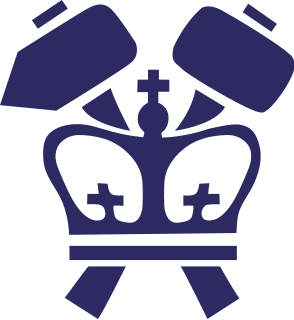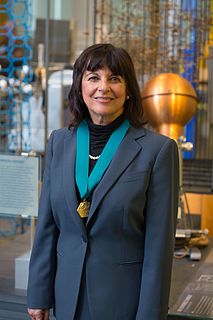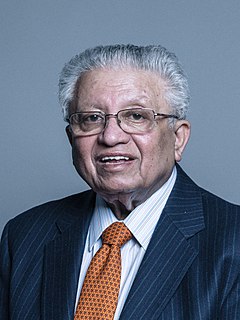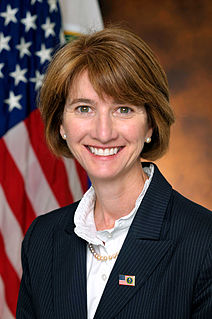The Mayor's Award for Excellence in Science and Technology is given annually to recognise important members of the science and engineering communities in New York City. Candidates must live or work in the city. [1]

The City of New York, usually called either New York City (NYC) or simply New York (NY), is the most populous city in the United States. With an estimated 2018 population of 8,398,748 distributed over a land area of about 302.6 square miles (784 km2), New York is also the most densely populated major city in the United States. Located at the southern tip of the state of New York, the city is the center of the New York metropolitan area, the largest metropolitan area in the world by urban landmass and one of the world's most populous megacities, with an estimated 19,979,477 people in its 2018 Metropolitan Statistical Area and 22,679,948 residents in its Combined Statistical Area. A global power city, New York City has been described as the cultural, financial, and media capital of the world, and exerts a significant impact upon commerce, entertainment, research, technology, education, politics, tourism, art, fashion, and sports. The city's fast pace has inspired the term New York minute. Home to the headquarters of the United Nations, New York is an important center for international diplomacy.
Nominations are submitted in five categories: [2]
- Biological and Medical Sciences
- Mathematical, Physical, Engineering Sciences
- Technology
- Public Understanding of Science and Technology
- Young Investigator (for scientists and engineers under the age of 40)
Biology is the natural science that studies life and living organisms, including their physical structure, chemical processes, molecular interactions, physiological mechanisms, development and evolution. Despite the complexity of the science, there are certain unifying concepts that consolidate it into a single, coherent field. Biology recognizes the cell as the basic unit of life, genes as the basic unit of heredity, and evolution as the engine that propels the creation and extinction of species. Living organisms are open systems that survive by transforming energy and decreasing their local entropy to maintain a stable and vital condition defined as homeostasis.

Medicine is the science and practice of establishing the diagnosis, prognosis, treatment, and prevention of disease. Medicine encompasses a variety of health care practices evolved to maintain and restore health by the prevention and treatment of illness. Contemporary medicine applies biomedical sciences, biomedical research, genetics, and medical technology to diagnose, treat, and prevent injury and disease, typically through pharmaceuticals or surgery, but also through therapies as diverse as psychotherapy, external splints and traction, medical devices, biologics, and ionizing radiation, amongst others.

Mathematics includes the study of such topics as quantity, structure, space, and change.
The Mayor chooses winners from a list of finalists submitted by the New York Academy of Sciences and the New York City Department of Cultural Affairs. [3]

The Mayor of the City of New York is head of the executive branch of the Government of New York City. The mayor's office administers all city services, public property, police and fire protection, most public agencies, and enforces all city and state laws within New York City.

The New York Academy of Sciences was founded in January 1817. It is one of the oldest scientific societies in the United States. An independent, non-profit organization with more than 20,000 members in 100 countries, the Academy's mission is "to advance scientific research and knowledge; to support scientific literacy; and to promote the resolution of society's global challenges through science-based solutions". The current President and CEO is Ellis Rubinstein; the current chair of the board of governors of the Academy is NYU professor and longtime Senior Vice President of all research for IBM, Paul Horn. He succeeds Nancy Zimpher, Chancellor, The State University of New York (SUNY).
The New York City Department of Cultural Affairs (DCLA) is the department of the government of New York City dedicated to supporting New York City's cultural life. Among its primary missions is ensuring adequate public funding for non-profit cultural organizations throughout the five boroughs. The Department represents and serves non-profit cultural organizations involved in the visual, literary and performing arts; public-oriented science and humanities institutions including zoos, botanical gardens and historic and preservation societies; and creative artists who live and work within the City's five boroughs.










